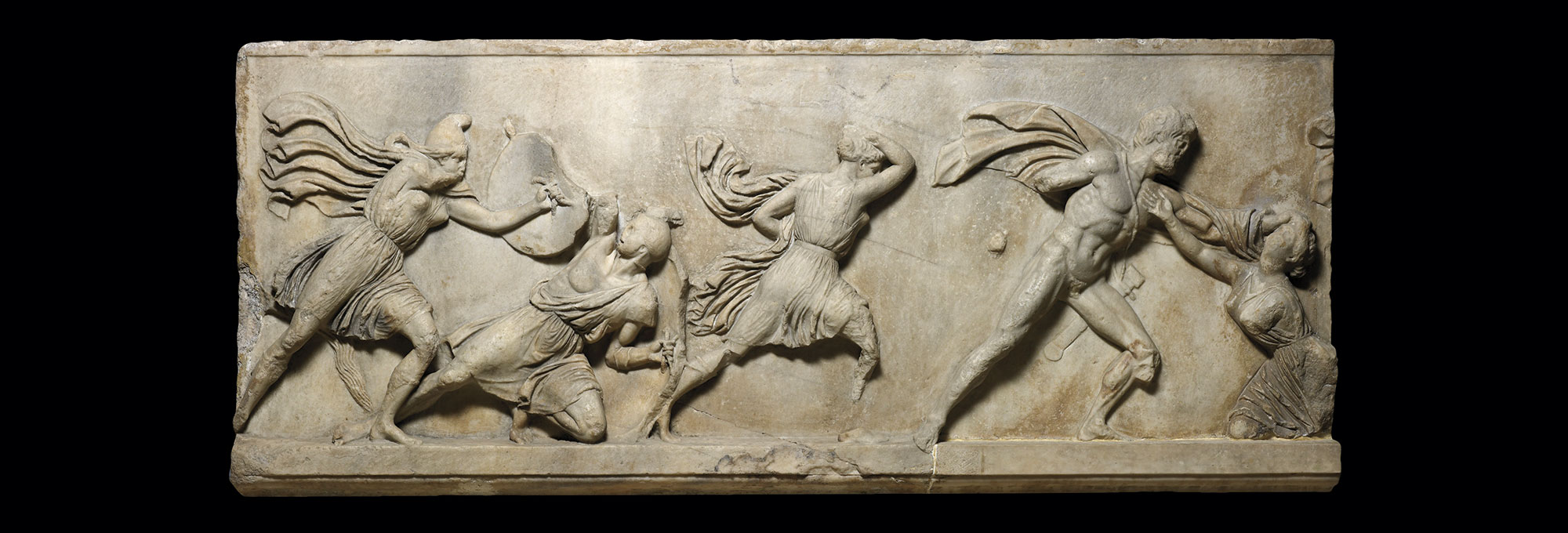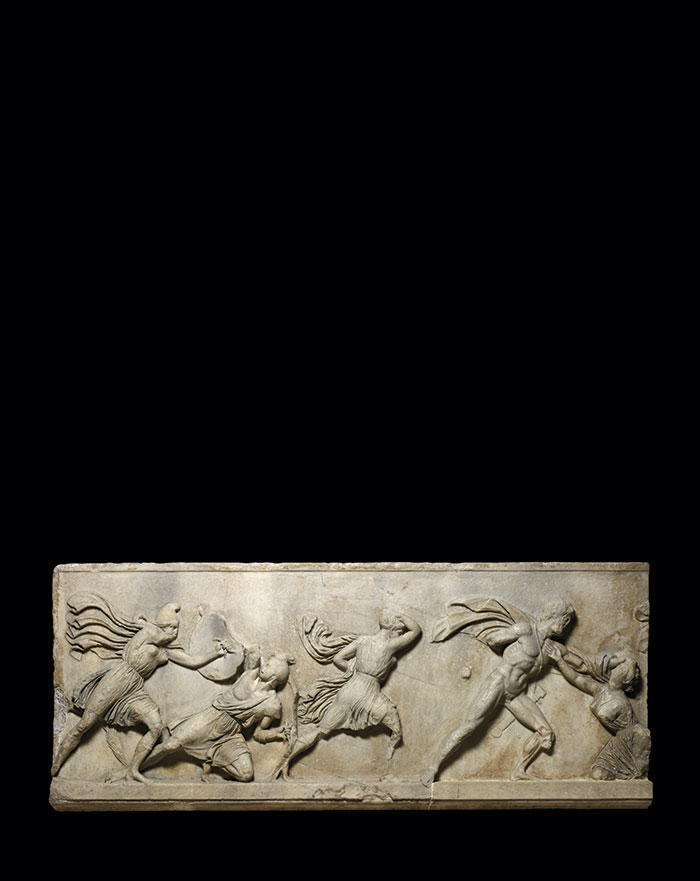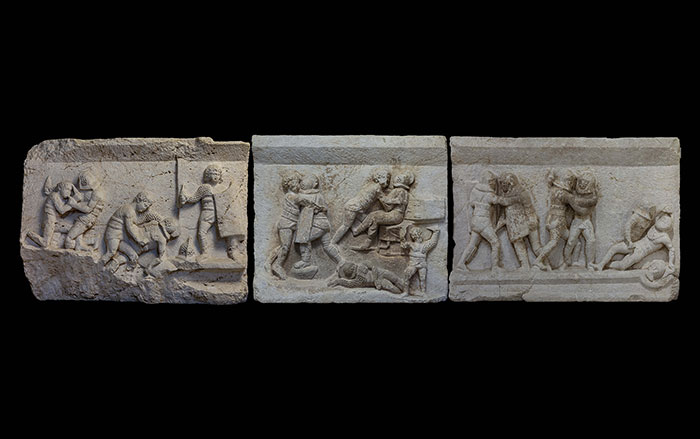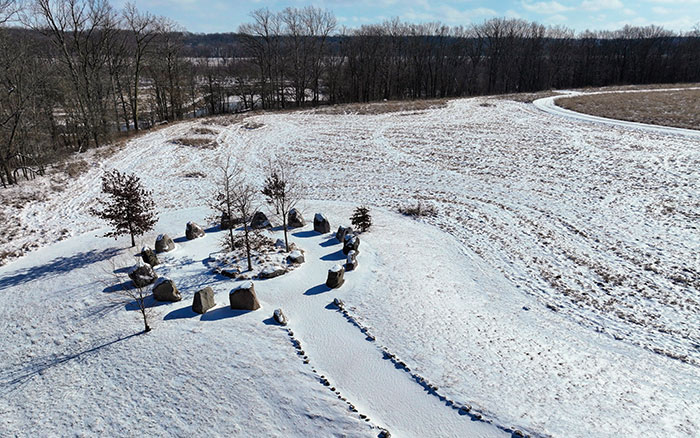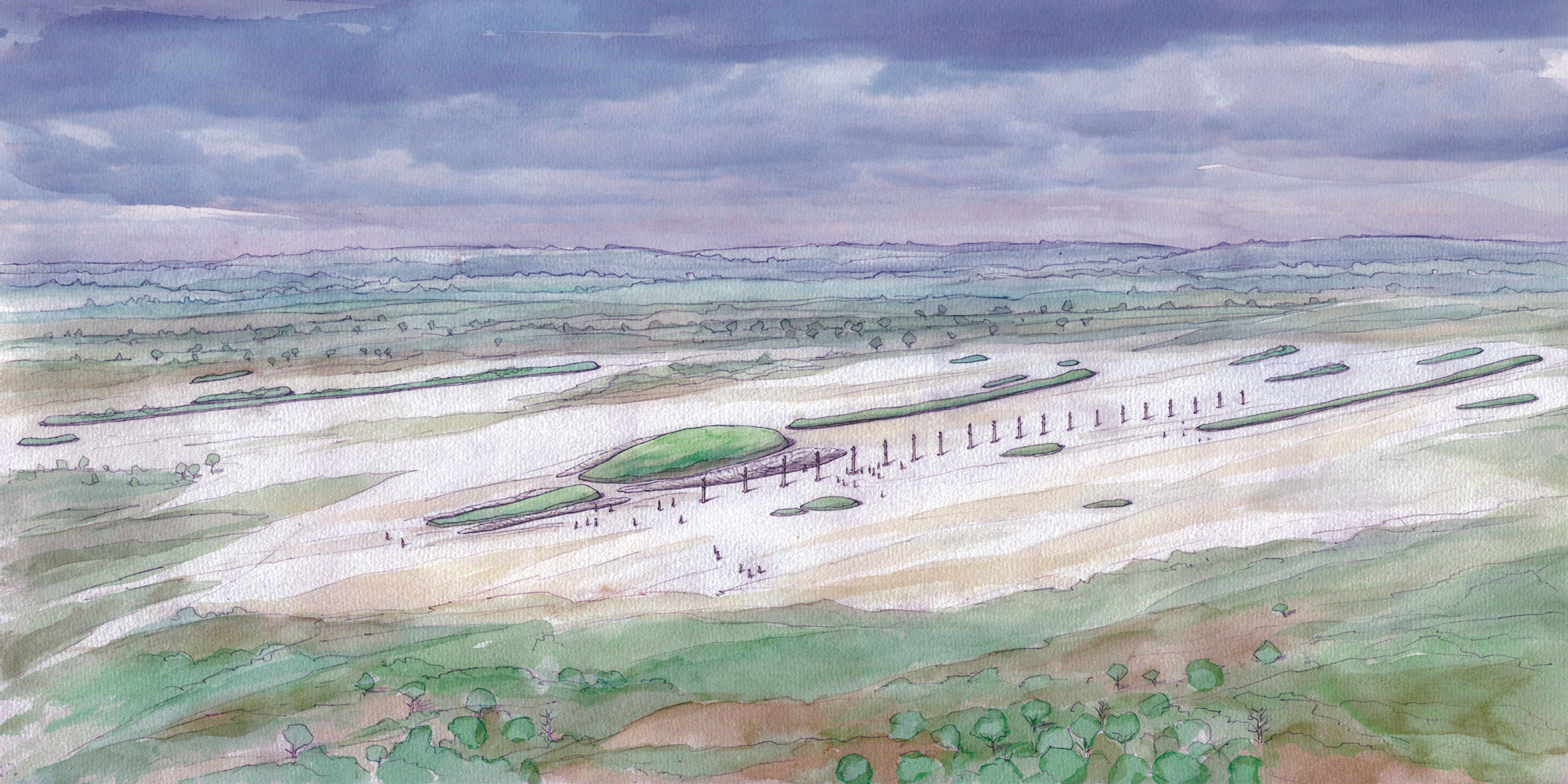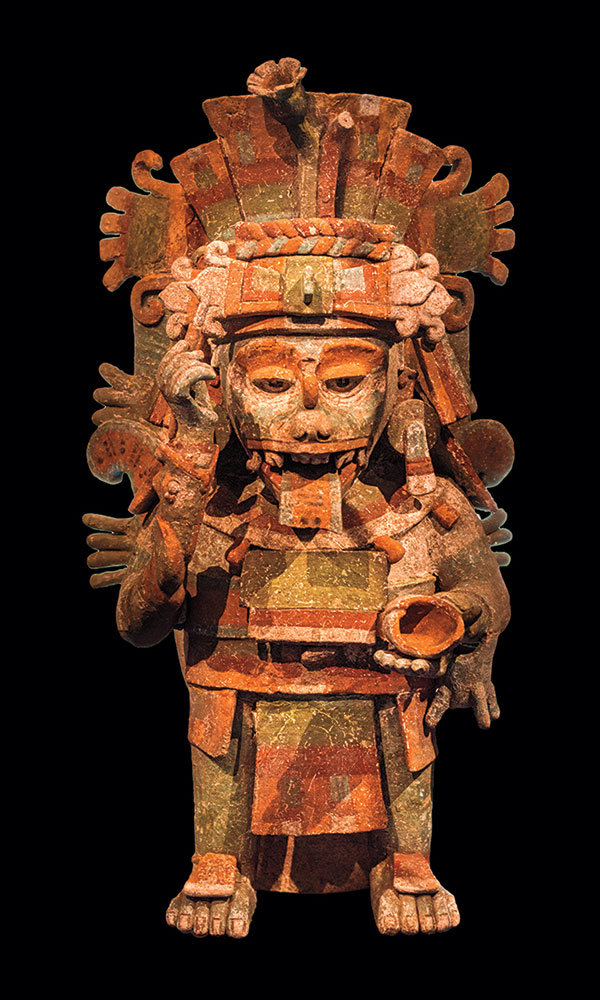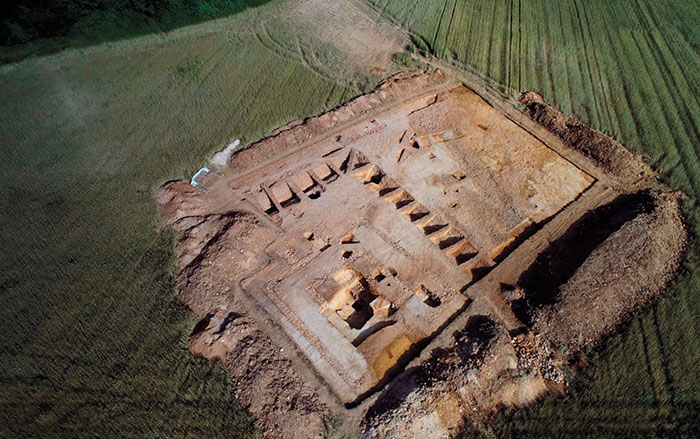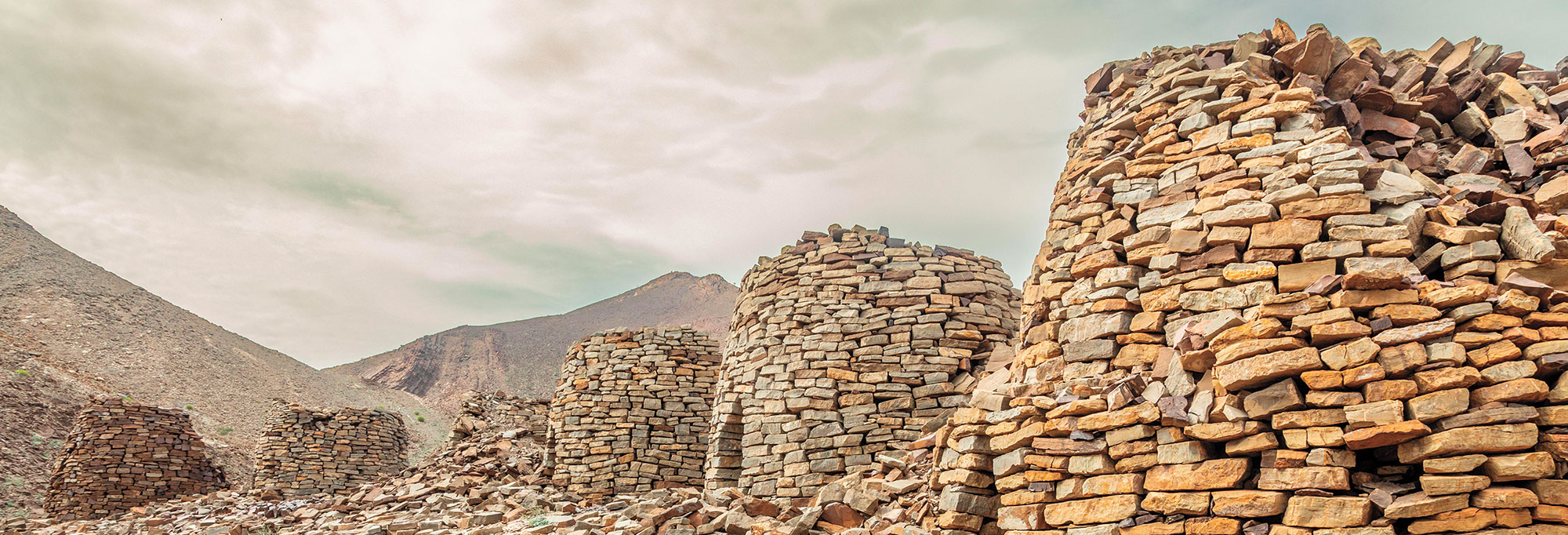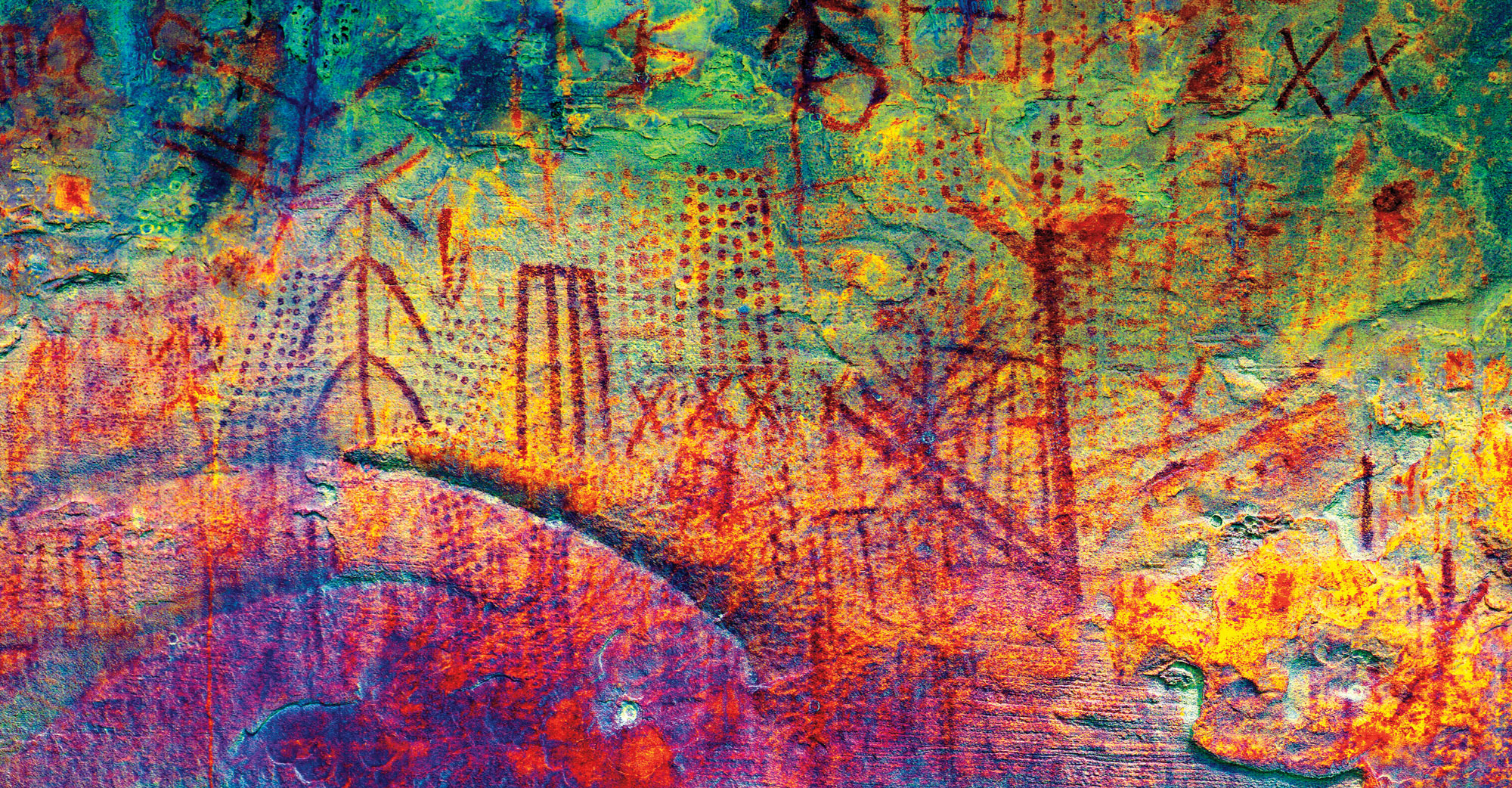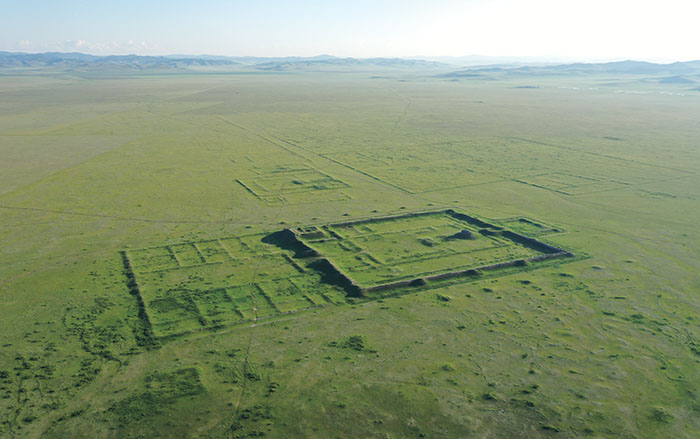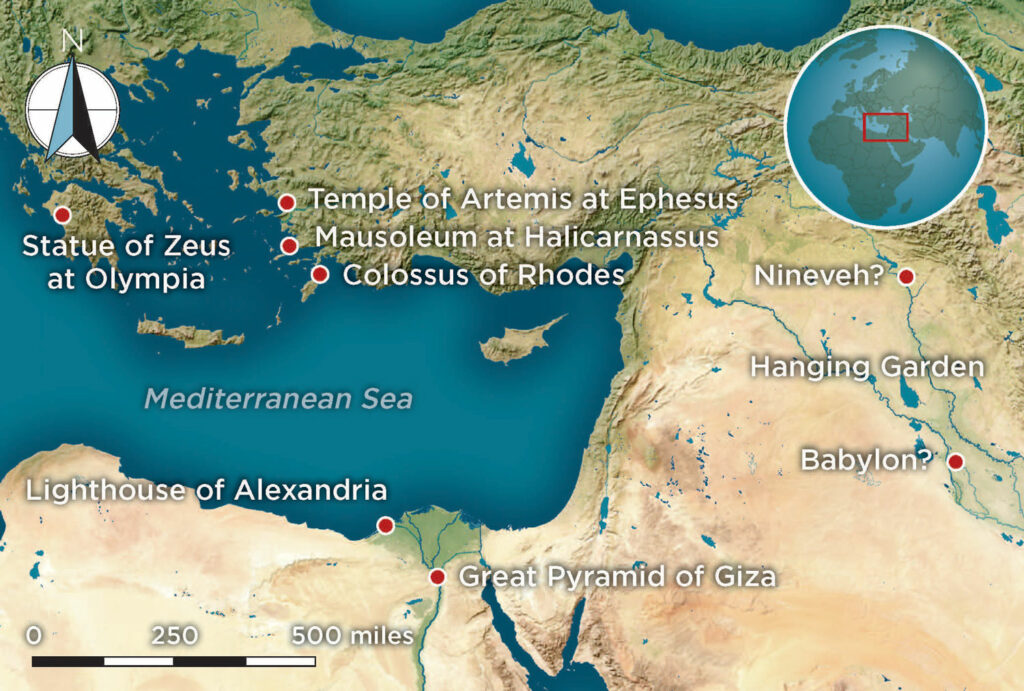
The earliest known list of seven remarkable “sights,” or theamata in Greek, to visit in the ancient Mediterranean and Near East is preserved on a papyrus fragment dating to the second century b.c. By this time, the oldest of these sights—Egypt’s Great Pyramid—had stood for nearly 2,500 years. Starting as early as the fifth century b.c., ancient writers lauded these structures, which eventually came to be referred to as thaumata, or “wonders.” The original list persisted into the fourth or fifth century a.d., when a guidebook to the monuments called On the Seven Wonders of the World is thought to have been written. Nevertheless, Greek, Roman, and Byzantine historians and poets assembled their own collections of architectural and artistic marvels, which drew from the original set but also proposed new wonders, including the Roman Colosseum. In the sixth century a.d., the Lighthouse of Alexandria was added to the list, replacing the city walls of Babylon as the consensus choice for the seventh wonder.
The canonical Seven Wonders of the Ancient World were renowned for their size or splendor and—in all cases—the ingenious technical skill required to construct them. Two of the monuments, the Mausoleum at Halicarnassus and the Colossus of Rhodes, were so impressive that their names entered the lexicon as terms still used today. Although earthquakes, fire, and conquest have felled all but the Great Pyramid, the allure of the Seven Wonders endures. By poring over textual and iconographic sources, as well as the sometimes scant remnants of these extraordinary structures, scholars are investigating when, how, why—and in one case where—ancient people created them. Archaeologists are also digitally restoring some of the lost monuments to their original grandeur. It’s now possible to see what an ancient visitor to these wondrous sights may have gazed upon.
-
Secrets of the Seven Wonders November/December 2025
Great Pyramid of Giza
Egypt, third millennium b.c.
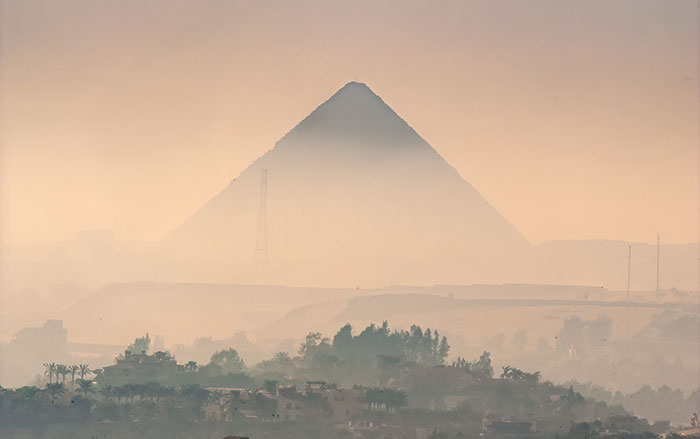 Ken Garrett
Ken Garrett -
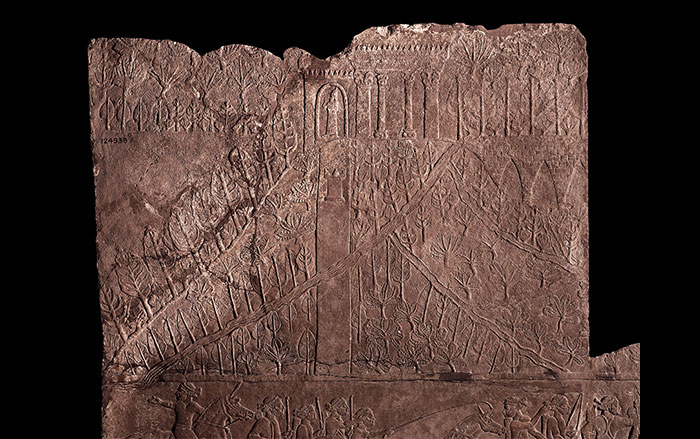 © The Trustees of the British Museum
© The Trustees of the British Museum -
Secrets of the Seven Wonders November/December 2025
Statue of Zeus at Olympia
Greece, fifth century b.c.
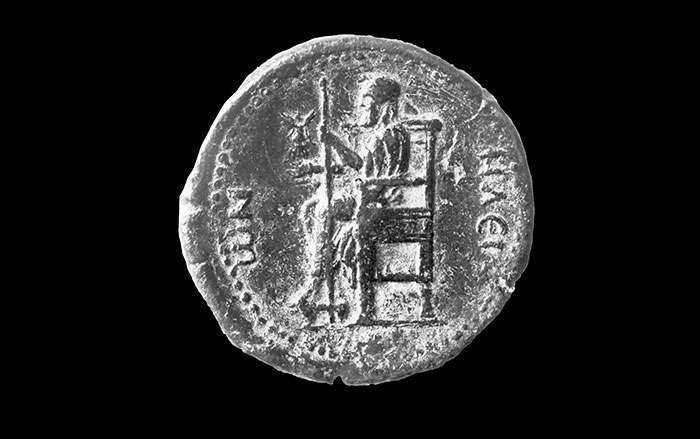 Smith Archive/Alamy
Smith Archive/Alamy -
Secrets of the Seven Wonders November/December 2025
Temple of Artemis at Ephesus
Turkey, fourth century b.c.
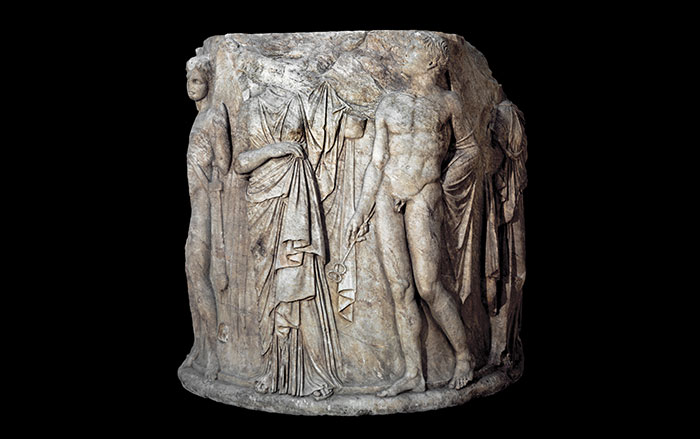 © The Trustees of the British Museum
© The Trustees of the British Museum -
Secrets of the Seven Wonders November/December 2025
Mausoleum at Halicarnassus
Turkey, fourth century b.c.
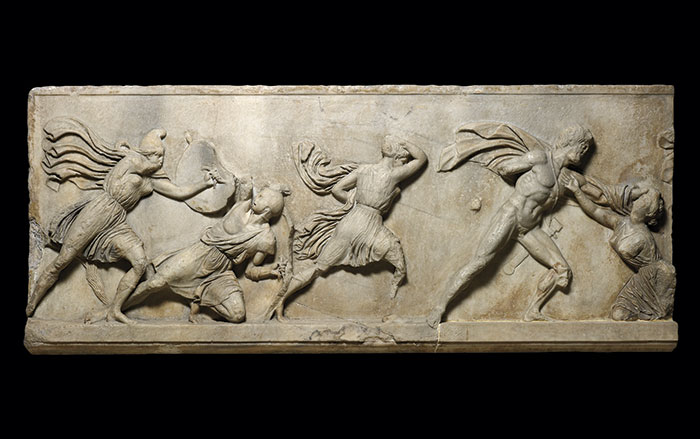 © The Trustees of the British Museum
© The Trustees of the British Museum -
Secrets of the Seven Wonders November/December 2025
Lighthouse of Alexandria
Egypt, third century b.c.
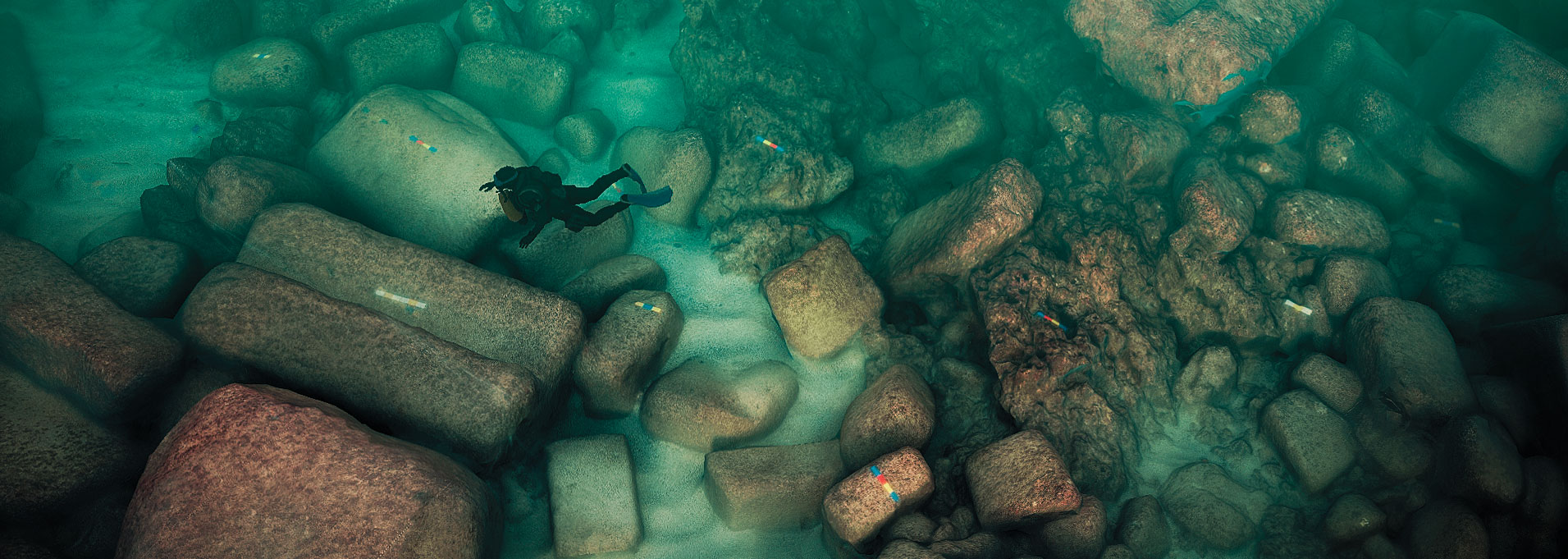 Centre d’Etudes Alexandrines/Centre National de la Recherche scientifique/Honor Frost Foundation/Dassault System Foundation
Centre d’Etudes Alexandrines/Centre National de la Recherche scientifique/Honor Frost Foundation/Dassault System Foundation -
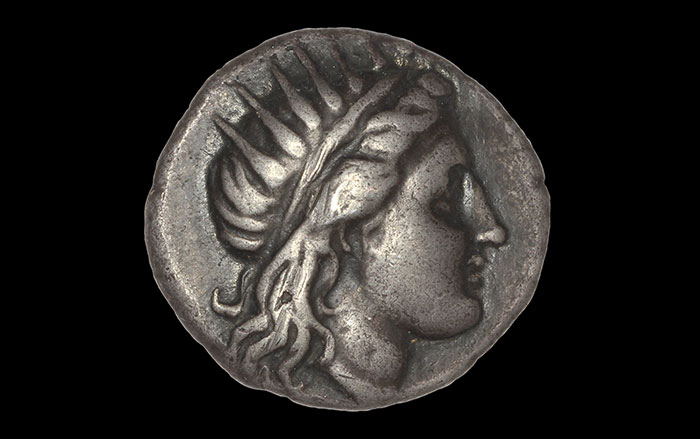 © The Trustees of the British Museum
© The Trustees of the British Museum


